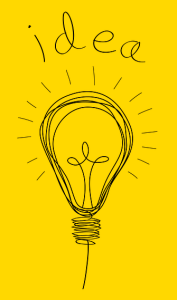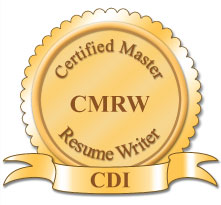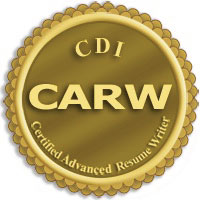 A few weeks ago I was working on the paperback version of How to Write a KILLER LinkedIn Profile, and I was feeling stuck. Here was my problem: The e-book version contains hundreds of hyperlinks leading to various references, web pages and articles—and a mere click of a mouse makes it easy to go to the linked material. The names of pages are nice and neat, with hyperlinks hidden to the viewer.
A few weeks ago I was working on the paperback version of How to Write a KILLER LinkedIn Profile, and I was feeling stuck. Here was my problem: The e-book version contains hundreds of hyperlinks leading to various references, web pages and articles—and a mere click of a mouse makes it easy to go to the linked material. The names of pages are nice and neat, with hyperlinks hidden to the viewer.
I had not considered how I would handle this situation in a hard copy of the book! How was I to present all these pages and hyperlinks in print?
My book designer had simply made titles of articles blue. But without a link, these would be useless to the reader. The next option, inserting long URLs into the body of the text, would be distracting and messy. I asked my assistant to put her head together with the book designer and figure out something. And I went for a swim.
Light Bulb Moment…
In the shower after my swim, a light bulb went off: Why not use footnotes for all the URLs in the book? We could then create an appendix with all the links. That way there would not be distracting links in the body of the book, and any readers industrious enough could go to the appendix and explore the “extras”!
I called my assistant as soon as I was dry enough to convey my idea. Problem solved!
Perhaps I would have thought of this solution without going for my swim. But it’s not an infrequent occurrence for me to have creative sparks ignite when doing “mindless” laps in the pool, or shortly thereafter. I’ve come up with some great “roasts” for family occasions while losing track of what lap I’m on!
It’s Not a Random Occurrence!
Last summer, I was at a week-long leadership training and a similar thing happened. I knew there was a talent show at the end of the week but I had no idea what, if anything, I would contribute to it. In the middle of the week, I left campus for a day to take care of some business commitments. On the drive home, my creative juices started flowing and a skit to the music of “Summer Lovin’” from Grease was born. That skit turned into the most talked-about event of the training.
These two incidents point to some ideas about what sparks creativity. Not all of us have teams of people to speak and collaborate with to generate new ideas. So we’re left to structure our lives in a way that creativity can arise. There are some simple ways to minimize the chance of getting stuck in a rut.
5 Ways to Solve Problems and Spark Creativity
- Exercise. Do something to get into your body and out of your default brain! For me, swimming and yoga provide welcome time to let my mind drift and do its magic. For some, it’s walking or running. Find the exercise that works best for you!
- Travel. If you can, take your business on the road for a week (or even a year!). A change of scenery can have a surprising impact on your thought process. I personally notice my energy waning if I stay in one place for too long, and I am fortunate to be able to carry my business with me.
- Meditate. Quieting the mind for even 10 minutes a day can produce new thoughts you never expected at random times of the day. This worked for me during the brief time I had a daily meditation practice!
- Read. I’ll tell you a secret: Many of my blog ideas come from reading Success Magazine – including this one! What’s your focus? Where would you like a spark of creativity? Find something related to that topic of area to read!
- Do something different. Something as simple as brushing your teeth with your non-dominant hand can interrupt your brain waves and give you new ideas! So can speaking in a different language or driving a new route to work!
Do you have other tried and true ways to unstick yourself when you’re stuck, to generate new ideas and get moving on an idea or project? Please share them below—or share how you have used the 5 methods above to create results in your life!












The other technique I would add would be Journaling. Sometimes just free writing can bring up interesting surprises. If you don’t know what to write about, you just start with “ok, I have this pen in my hand and I don’t know what to write about….” and see where you go from there.
Writing with your non-dominant hand can also go interesting places.
Yes this is a great one! “Morning pages” from the book The Artist’s Way can definitely spark inspiration!
Good article, Brenda. When I want to put myself in a different head space, I frequently move around to the other side of the table that’s attached to my desk. I find that physically moving to a different view is helpful – the view is different, the chair is different…basically everything feels different for that moment in time. It’s a great way to shake off the cobwebs.
I love that strategy Anne. So simple!